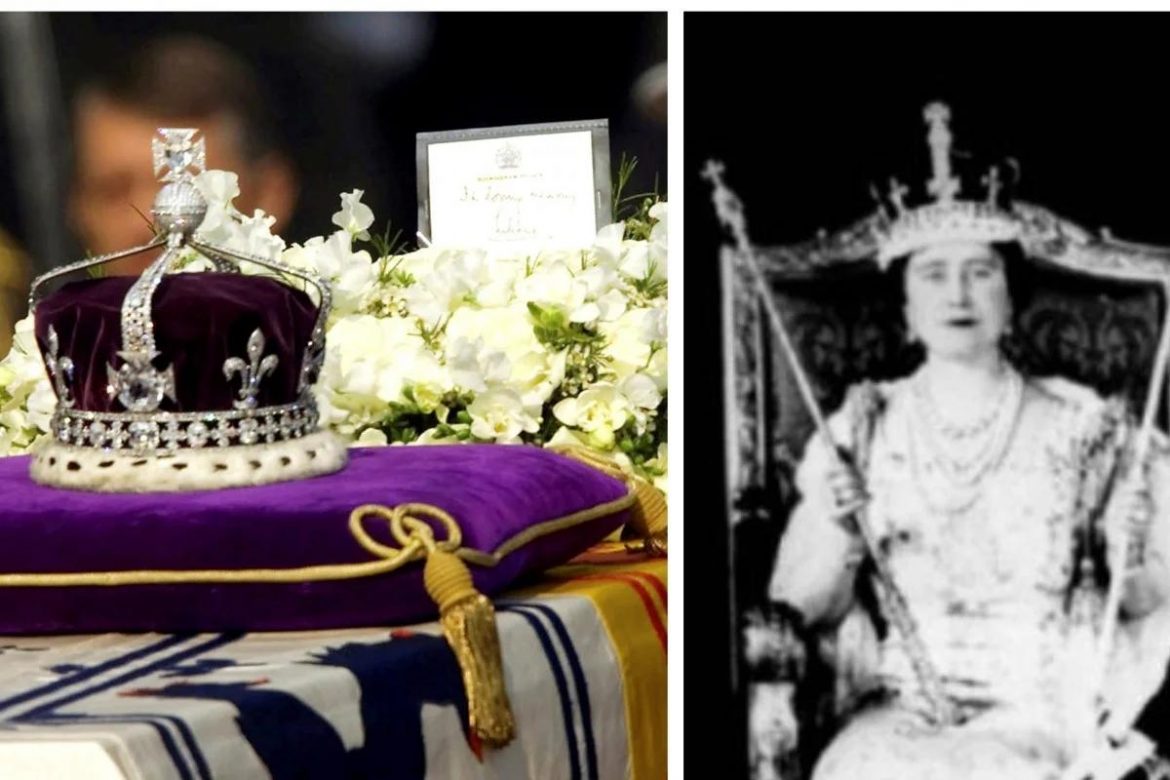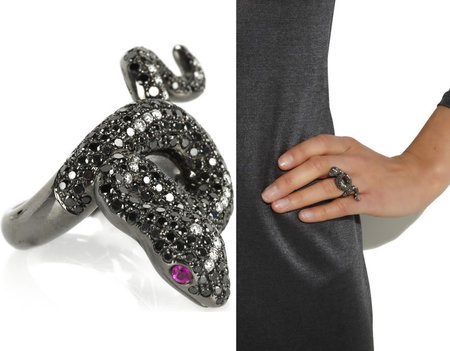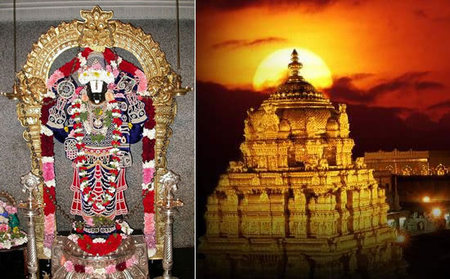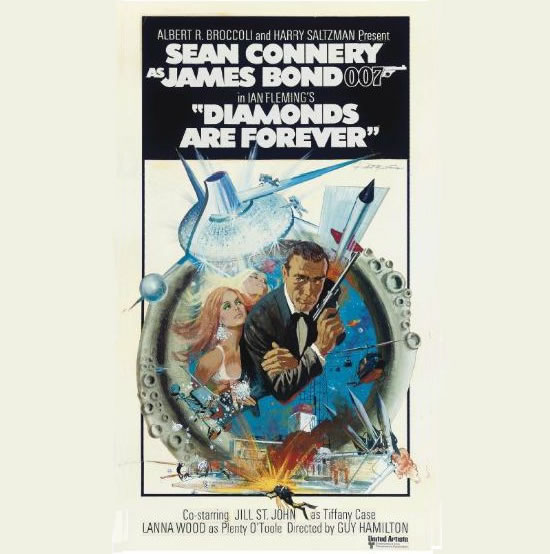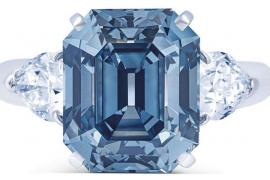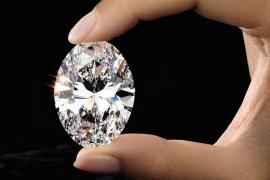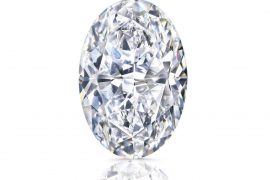In history, great wealth and riches have often gone hand in hand with great tragedy; some of history’s most substantial jewels are tied to horrific stories. Here, we look at three famous gems with a cursed past.
The Hope Diamond
Arguably one of the most famous diamonds in the world, the Hope Diamond has changed hands numerous times over the years, with many of its owners enduring a tragic demise during their ownership of the stone.
The deep blue diamond weighed 45.52 carats and was first discovered over four centuries ago in India. The earliest records of the stone changing hands date back to 1666 when a gem trader acquired the stone. It was later cut into the French Blue we know and admire today and sold to King Louis XIV in 1668.
Between the time King Louis XIV acquired the gem and when it was stolen in 1791, the French royal family endured no end of trouble. Perhaps it was just a coincidence. The stolen gem was recut and appeared in a catalogue in 1839 as the Hope Diamond since it was being sold by the Hope banking family in London.
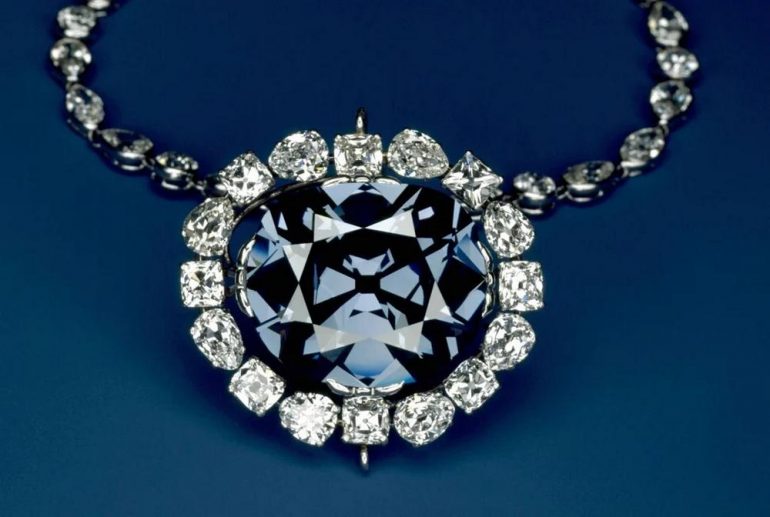
Sounds pretty standard so far, right? Royal families rise and fall, nothing special there. However, it wasn’t until the 1880s that legends of the stone bringing a curse to its owner began to surface: first in an Australian newspaper, then in The Washington Post in 1908, who picked up the story of the cursed stone, saying it had changed hands no fewer than 14 times because time its owners always seemed to face an untimely and tragic death.
In 1910 jeweller Pierrer Cartier acquired the gem, and was thought to have played up the cursed stone angle to attract notoriety and buyers. He sold the stone to American socialite couple Edward Beale McLean and Evalyn Walsh McLean in 1911. Evalyn was said to have been fascinated with the stone’s eerie past. The couple divorced in 1932; their son died and Evalyn’s family business went bankrupt. Edward died at the age of 51 and Evalyn at 60 – all after they had acquired the diamond.
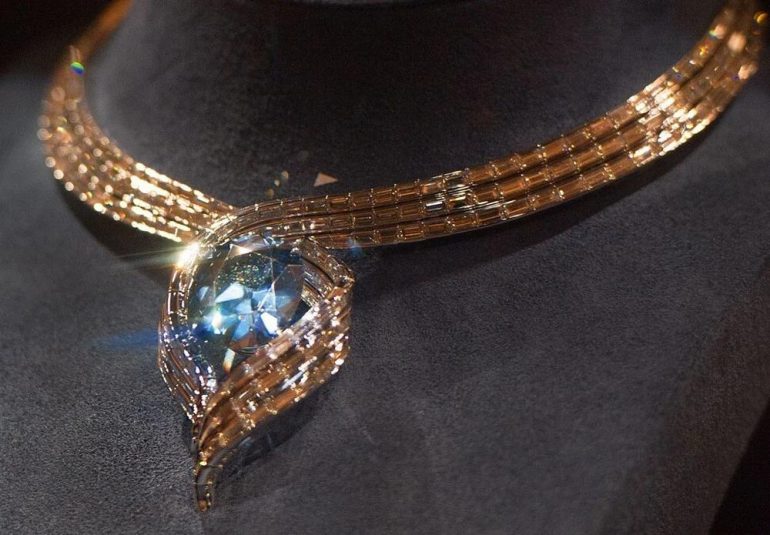
The stone changed hands again in 1947 when it went to American jeweller Harry Winston who gifted it to the Smithsonian National Museum of Natural History in 1958 where it remains today. Master jeweller Winston himself seemed not to have been affected by the gem, and lived until 1978 to the age of 83.
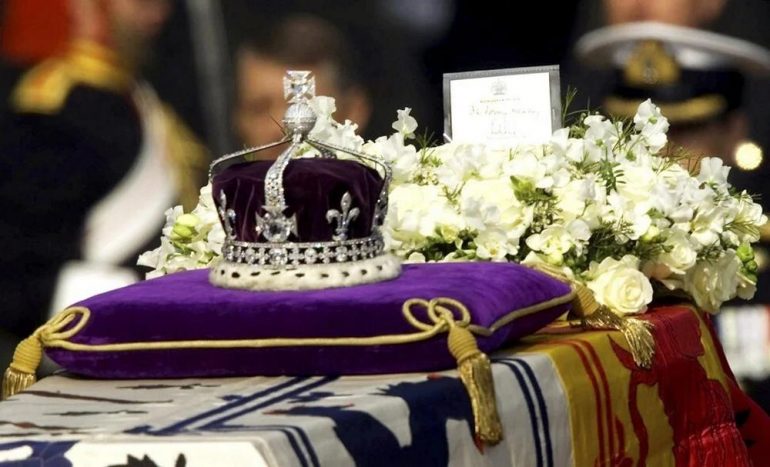
Koh-i-Noor diamond
The Koh-i-Noor diamond – which means “mountain of light” is the perfect example of a cursed gem, owned by numerous rulers over the years who all too often lost their empires and their lives.
It is said to have put a curse on men who owned it dating as far back as 1306. The diamond was passed from ruling family to ruling family in India, Afghanistan, Iran and Pakistan after much fighting and bloodshed, and following the end of the Second Anglo-Sikh War and the annexation of the Kingdom of Punjab, its Maharaj’s assets were seized by the crown.

After the British East India Company took possession of the diamond aboard one of its ships, it wasn’t long before cholera took hold, killing scores on board. Right after it arrived in Britain, Queen Victoria was attacked by a man with a cane (receiving a nasty black eye) as her carriage rode through the gates of the palace. Less than a month later, in July 1850, the country’s prime minister Robert Peel died after he fell from his horse and was trampled underfoot – all misfortunes attributed to the arrival of the diamond at the time.
Nevertheless, most believe that the curse befalls men linked to the stone, not women, and so thereafter it was only women who wore the diamond. The stone was eventually set on the crown of England’s Queen Mary in 1911 and then the crown of the queen mother in 1937 for her coronation.
Today, it remains on The Queen Mother‘s Crown which is now on public display in the Tower of London.
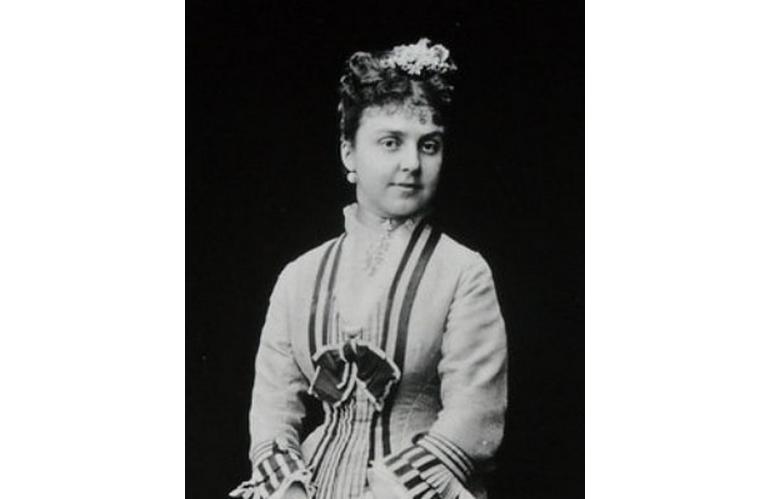
Opal of Queen Mercedes of Spain
A curse linked to jealousy and rivalry between a queen and a lover, the Opal of Queen Mercedes of Spain was said to be responsible for the early deaths of a number of Spanish royals in the 19th century. The opal was set on a ring King Alfonso XII’s lover Comtesse de Castiglione gifted Queen Mercedes. Just six months after receiving the gift, the queen died of a miscarriage and typhoid in 1878. After she passed away, the ring was passed to different female members of the royal family, all of whom died soon after acquiring it.
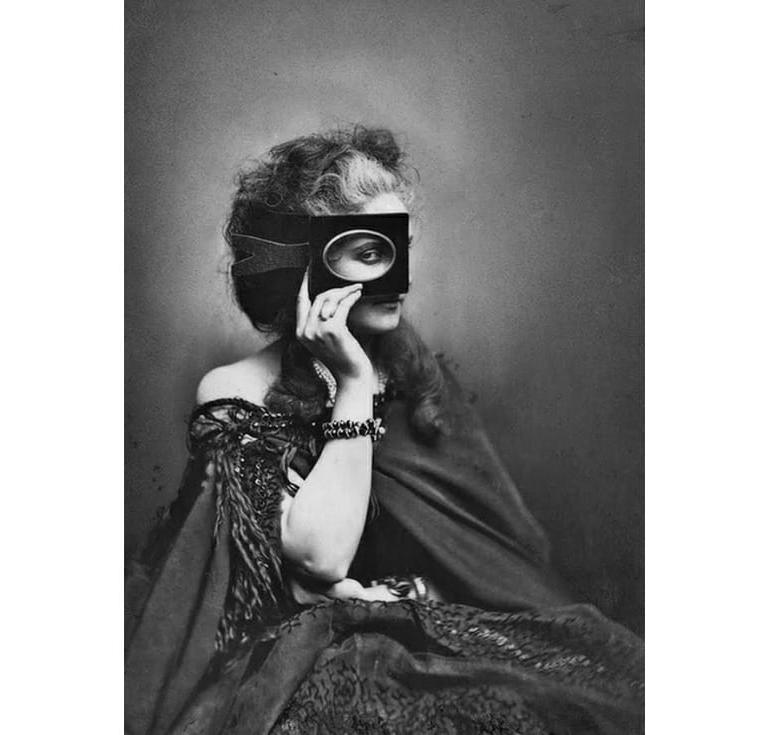
The ring eventually landed on the finger of Queen Christina, the second wife of King Alfonso. Following his death in 1885, family members urged her to destroy it. She refused, instead of hanging it around the neck of a sculpture of the patron saint of Madrid – itis still there to this day.
Note: This story was originally published on SCMP and has been republished on this website.
